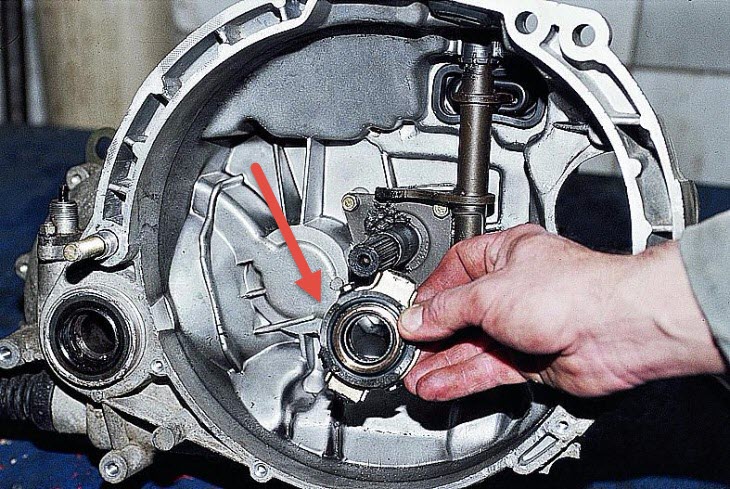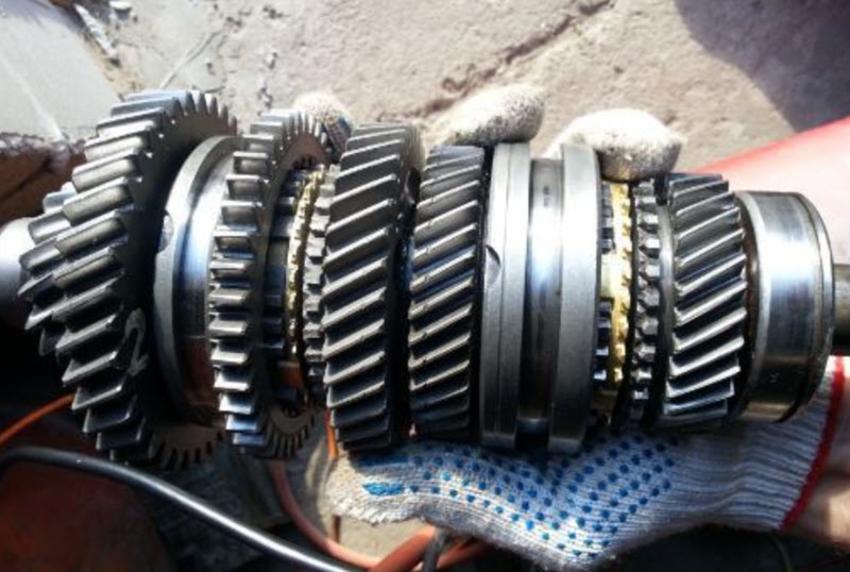
How to diagnose an automatic transmission yourself
Content
Automatic transmissions are gradually replacing mechanical transmissions from the market, moving from the section of simply easy-to-use car units to the necessary ones. Riding in the traffic of big cities, constantly shifting gears and manipulating the clutch pedal, has become too tiring. But the automatic transmission is much more complicated, therefore it requires attention, maintenance and regular checks.

When do automatic transmissions need diagnostics?
Usually it is necessary to diagnose the machine in three cases:
- when buying a used car with an unknown history;
- after deviations from the usual flawless operation of the transmission are noticed on your own car;
- for preventive purposes, since the price of automatic transmission repair is highly dependent on the damage received for reasons that were not identified in time.
It is most reasonable to involve in the assessment of the condition of service station specialists who are engaged in the repair of automatic transmissions, and preferably a specific brand.
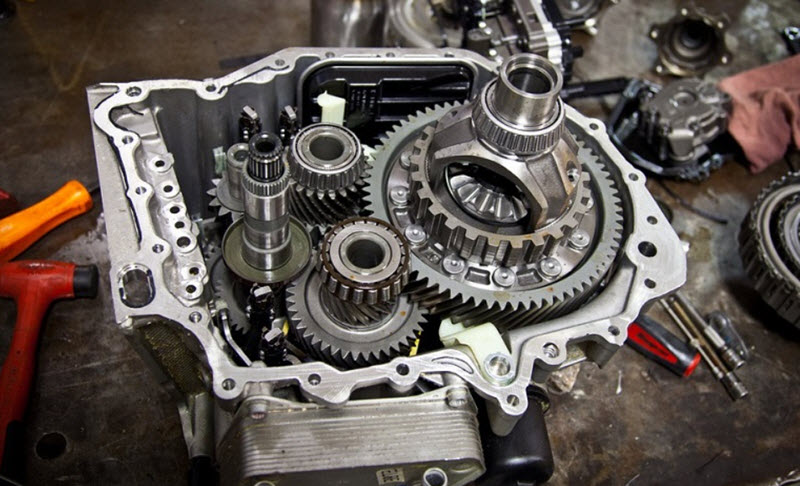
The manifestation of symptoms and weaknesses for different units can vary greatly, which does not negate the presence of a general principle of operation of the speed switch device.
How to check automatic transmission
There is no single step-by-step methodology, since automatic transmissions are manufactured by different companies, whose approach to design is different.
You have to act according to the most general stages, and during the tests, notice and focus on suspicious deviations from the normal state or work.
Oil level
Oil plays the most important role in the operation of all automatic transmission systems. Its tasks and functions are divided into several independent areas:
- the role of hydraulic fluid, both in early boxes, where in general everything happened due to the redistribution of flows and pressures of the oil pumped by the pump, and in modern ones, which are completely under the control of the electronic unit, but the actuators are uniquely served by oil pressure;
- lubricating functions, ensuring minimal friction in the bearings and gears of the box;
- the working fluid in the torque converter provides a change in torque and speed of relative movements between its turbine wheels;
- heat removal from mechanisms with its subsequent discharge into a radiator or other heat exchanger.
Hence the need to strictly maintain the required amount of oil in the box, as well as its condition. The oil level in the crankcase is usually checked when the engine is hot and running. This is necessary so that the pump fully provides liquid to all mechanisms, and the remainder will mean the presence of the necessary reserve.
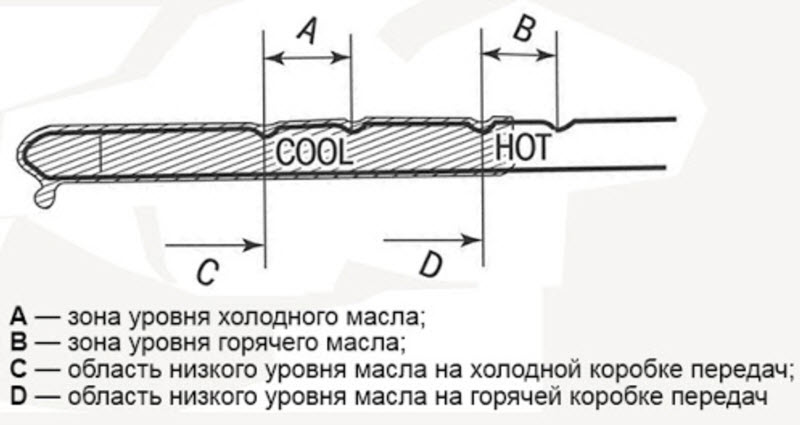
There are two ways to measure - when the box has an oil dipstick and when using a control plug with a remote tube.
- In the first case, it is enough to make sure that the level is located between the hot and cold state marks.
- In the second version, you will have to add about half a liter of used oil to the crankcase, and then unscrew the first drain plug, under which the second one with a remote tube is located. It protrudes above the bottom of the crankcase just enough so that excess oil flows out through it. Only single drops are possible due to waves on the surface of the oil mirror. If even after adding nothing flows from the tube, then the box has a big problem with disappearing oil. This is unacceptable, without automatic transmission oil it will immediately and irrevocably fail.

Along the way, the smell of the oil is assessed. It should not have burnt shades. Their appearance indicates overheating of the clutches, their emergency wear and clogging of all mechanisms with destruction products.
At a minimum, the oil will have to be completely replaced, and then hope that the clutches have not yet completely burned out and are not worn out. Ideally, the box should be removed, disassembled and defective.
Throttle control cable
This cable transmits information to the automatic transmission about the degree of depression of the accelerator pedal. The tighter it is when you sink the gas, the later the box switches, trying to make the most of lower gears for intense acceleration. When fully pressed, the kickdown mode occurs, that is, the automatic reset of several gears down.
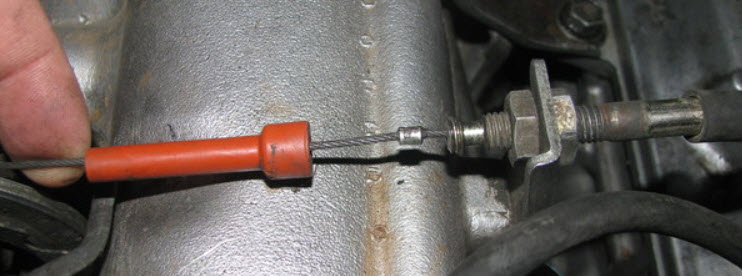
The operation is checked by intensive acceleration of the car with the pedal pressed to the floor.
The engine should spin up in each gear to maximum speed, and the acceleration rate should approximately correspond to the one declared by the manufacturer in terms of the time to reach a speed of 100 km / h.
Slight deviations are acceptable as factory measurements are taken under ideal conditions by professional racing drivers.
Parking brake
With the car stopped, you can conduct a rough check of the condition of the torque converter, pump, solenoids and clutches by pressing the gas all the way while holding the brake pedal. The speed should not increase to the maximum, but to about 2500-3000, where the tachometer needle should linger.
The test is quite dangerous, you should not use it often and after carrying out it is necessary to let the engine idle at the selector position on P or N for cooling.
Oil pressure
The pressure created by the pump with the regulator is an important constant of the box, on which the correct operation of all its hydraulics depends.
This value can be considered a scanner that can take readings from the pressure sensor. The scanner help system will tell you the nominal values \uXNUMXb\uXNUMXbfor this automatic transmission. Previously, control pressure gauges were used.
Checking the automatic transmission in motion
The road test allows you to evaluate the smoothness of switching, the timely transition to gears and the dynamics of acceleration. The box must be warmed up to the nominal oil temperature.
With smooth acceleration, shocks at the time of switching should not be noticeable, the box shifts to higher gears without much engine spin-up. With more intense acceleration, the shifts occur later, but also without jerks. During braking, gears are automatically downshifted for engine braking.
If the speed increases and acceleration slows down, then the clutches or their control pressure are not in order. Jerks indicate at least problems with oil, valve body solenoids or individual gear clutches.
Checking the box in the "P" mode
During the parking mode in the box, the gear is rigidly locked on the output shaft using a ratchet-type mechanism.
The machine must not roll forward or backward on slopes. And the movement of the selector does not cause rough jerks, some twitching is possible when moving from D to R.
Computer diagnostics
Full access to the memory of the control unit is possible using a scanner. It contains information from all available sensors, which allows you to assess the condition as much as possible without removing and disassembling the box.
If desired, the owner can master such a check himself if he purchases an adapter for the car's diagnostic connector and the appropriate program for a laptop or tablet.
Of the most affordable, inexpensive and effective scanners for automatic transmission diagnostics, you can pay attention to Rokodil ScanX.


The device will be suitable for most cars since 1996 of release. With it, you can check the car for errors, the status of sensors, oil level and pressure, and much more.


Watch this video on YouTube
A quality program will allow you to count all indicators and give control parameters that must be met. It is also possible to reset the adaptation data and carry out hardware tests.
Prices for automatic transmission diagnostics in large cities of Russia
Taking into account the cost of automatic transmission repair, its diagnostics is relatively inexpensive. A superficial assessment of the condition can be done free of charge, if such a procedure is provided. This is usually combined with a preventive oil and filter change, which is highly recommended at least every 40000 kilometers.
In other cases, prices for diagnostics can range from 500 rubles to 1500-2000 thousand, depending on the volume of checks.
In the latter case, a full-fledged test is carried out with computer diagnostics, a printout of the results for all parameters and tests on the road with an experienced specialist.
